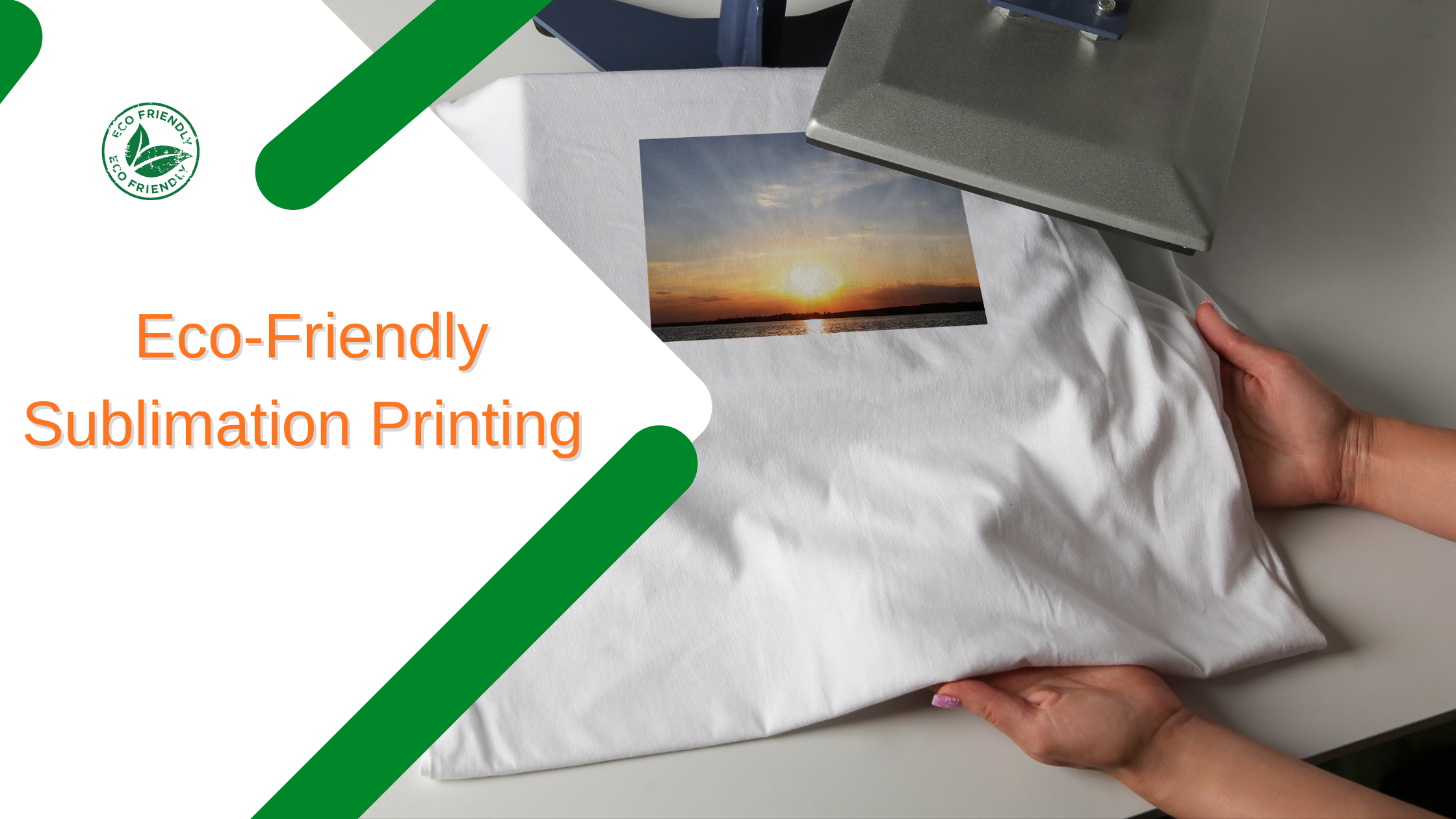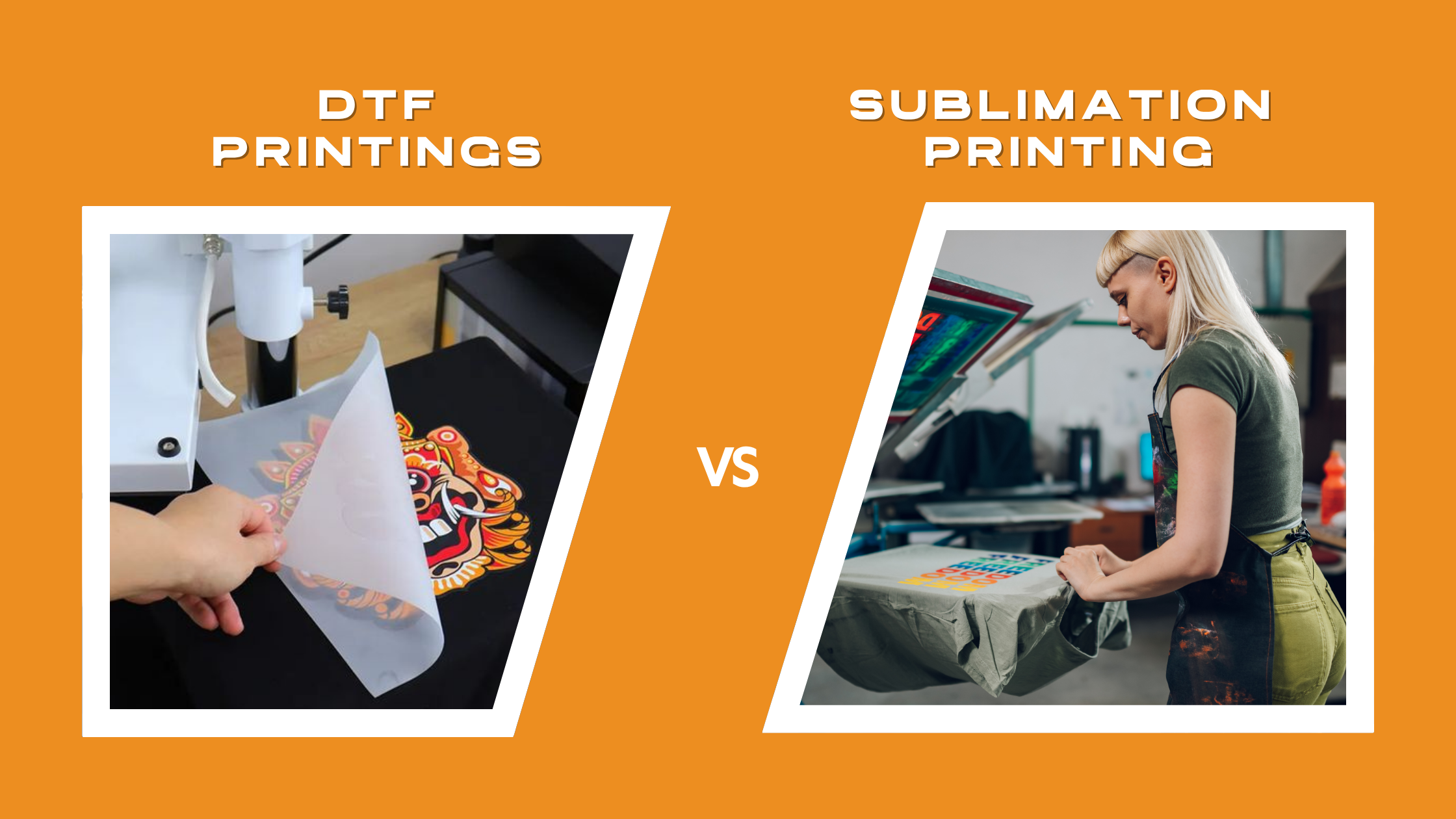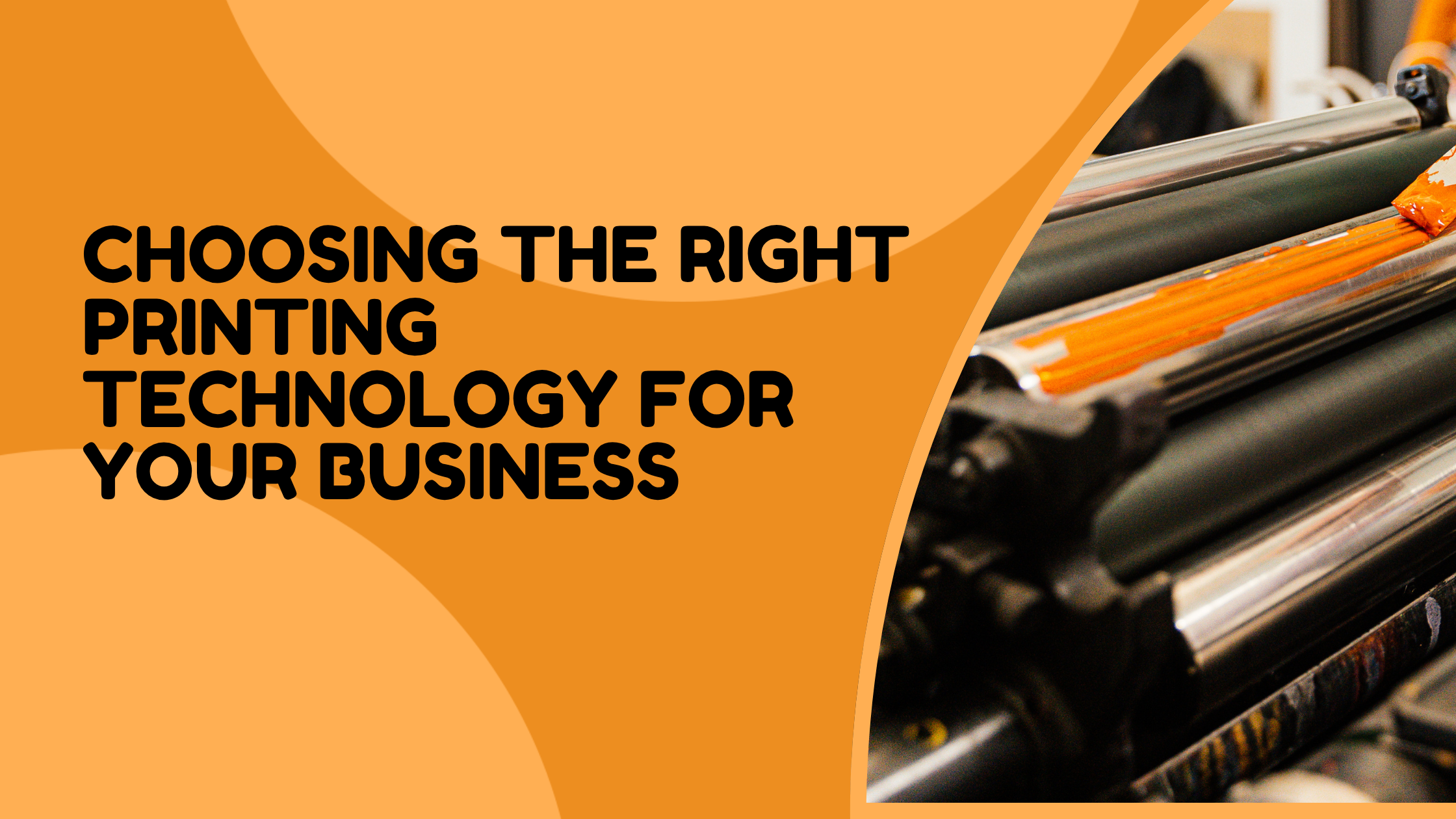Introduction
Sustainability has become a key factor for modern consumers. Brands that adopt eco-friendly sublimation printing practices not only reduce environmental impact but also attract conscious buyers.
Sublimation printing, a popular method in the print-on-demand (POD) industry, transfers dye to polyester or coated products using heat. Traditionally, it uses chemicals and coated surfaces that can impact the environment if not managed responsibly.
This guide explores sustainable practices, latest trends, and actionable tips for eco-conscious POD brands in 2025.
1. Understanding Sublimation Printing and Its Environmental Impact
How It Works:
- Sublimation uses heat to convert solid dye into gas, which bonds with polyester fibers or coated surfaces.
- Produces permanent, vibrant designs ideal for apparel, mugs, and accessories.
Environmental Considerations:
- Conventional sublimation inks may contain harmful chemicals.
- Coated products often involve plastics or non-recyclable materials.
- Energy consumption in heat presses contributes to the carbon footprint.
Trend Insight: Modern POD brands are adopting eco-friendly inks, reusable materials, and energy-efficient equipment to minimize impact.
2. Use Eco-Friendly Sublimation Inks
Water-Based or Low-VOC Inks:
- Reduce harmful emissions during printing.
- Safer for employees and customers.
- Maintain high-quality, vibrant prints.
Tips:
- Source inks certified by eco-labels or industry standards.
- Conduct small batch testing to ensure color accuracy and durability.
Example: A POD brand switched to water-based sublimation inks for mugs and t-shirts, reducing chemical waste while maintaining print quality.
3. Choose Sustainable Substrates and Products
Eco-Friendly Materials:
- Organic Polyester: Made from recycled PET bottles, suitable for sublimation.
- Biodegradable Mugs: Use BPA-free ceramic or bamboo-coated products.
- Reusable Items: Encourage customers to use mugs, tote bags, and apparel sustainably.
Tips:
- Clearly communicate eco-friendly product benefits to customers.
- Bundle sustainable products to promote lifestyle-friendly merchandise.
Industry Insight 2025: Consumers increasingly prefer sustainable materials, leading to higher repeat purchases and loyalty for eco-conscious POD brands.
4. Optimize Energy Usage in Sublimation Printing
Energy-Efficient Practices:
- Use heat presses with adjustable temperature and timers.
- Schedule production in batches to reduce idle time.
- Turn off unused machines to save electricity.
Example: A POD apparel brand adopted energy-efficient heat presses and reduced electricity consumption by 20%, cutting costs and environmental impact.
5. Reduce Waste and Improve Production Efficiency
Common Waste Sources:
- Excess transfer papers or films.
- Misprints and test runs.
- Packaging materials.
Sustainable Practices:
- Reuse Transfer Films: Test prints before full production.
- Recycle or Compost Waste Materials: Partner with local recycling facilities.
- Minimal Packaging: Use recycled or biodegradable packaging for shipping.
Example: A small POD store implemented a zero-waste approach, recycling leftover sublimation films and using compostable packaging, appealing to eco-conscious customers.
6. Implement Sustainable Workflow Practices
- Digital Mockups: Reduce physical test prints by using software mockups.
- Batch Production: Print multiple orders together to save energy and reduce material waste.
- Employee Training: Educate staff on eco-friendly handling, recycling, and machine maintenance.
Industry Insight: POD brands that integrate sustainability into workflows often differentiate themselves in competitive markets and attract loyal, environmentally-conscious customers.
7. Marketing Eco-Friendly Practices
Key Strategies:
- Highlight sustainable materials, inks, and processes in product descriptions.
- Use social media to educate customers about eco-friendly choices.
- Collaborate with eco-influencers to showcase your POD brand.
- Offer limited-edition sustainable products for seasonal campaigns.
Example: A POD brand marketed its organic polyester t-shirts with sublimation prints, emphasizing recycled materials. The campaign increased customer engagement and social media shares.
8. Benefits of Eco-Friendly Sublimation Printing
- Customer Loyalty: Consumers value sustainability and support eco-conscious brands.
- Cost Savings: Reducing waste and energy usage lowers production costs over time.
- Brand Differentiation: Stand out in a crowded POD market by offering sustainable options.
- Future-Proofing: Sustainability trends are expected to grow in 2025 and beyond, making early adoption strategic.
Example: A lifestyle POD brand adopted eco-friendly sublimation practices early, positioning itself as a premium, responsible brand in the market.
9. Challenges and Solutions
Challenges:
- Higher upfront costs for eco-friendly inks and substrates.
- Learning curve for implementing sustainable workflows.
Solutions:
- Start small: test eco-friendly products and scale gradually.
- Educate customers on the value of sustainable products to justify pricing.
- Track and measure sustainability efforts to showcase results publicly.
Conclusion
Eco-friendly sublimation printing is more than a trend—it’s a necessity for modern POD brands aiming to stay competitive and responsible. By adopting sustainable inks, substrates, energy-efficient equipment, and waste reduction practices, brands can reduce environmental impact and attract conscious consumers.
Actionable Takeaways:
- Use water-based or low-VOC sublimation inks.
- Select sustainable fabrics and coated products.
- Optimize energy usage with efficient heat presses and batch printing.
- Minimize waste through digital mockups, recycling, and reusable films.
- Highlight eco-friendly practices in marketing to attract loyal, conscious customers.
By integrating sustainability into sublimation printing, POD businesses can deliver high-quality, eco-conscious products, strengthen their brand, and thrive in the market.





